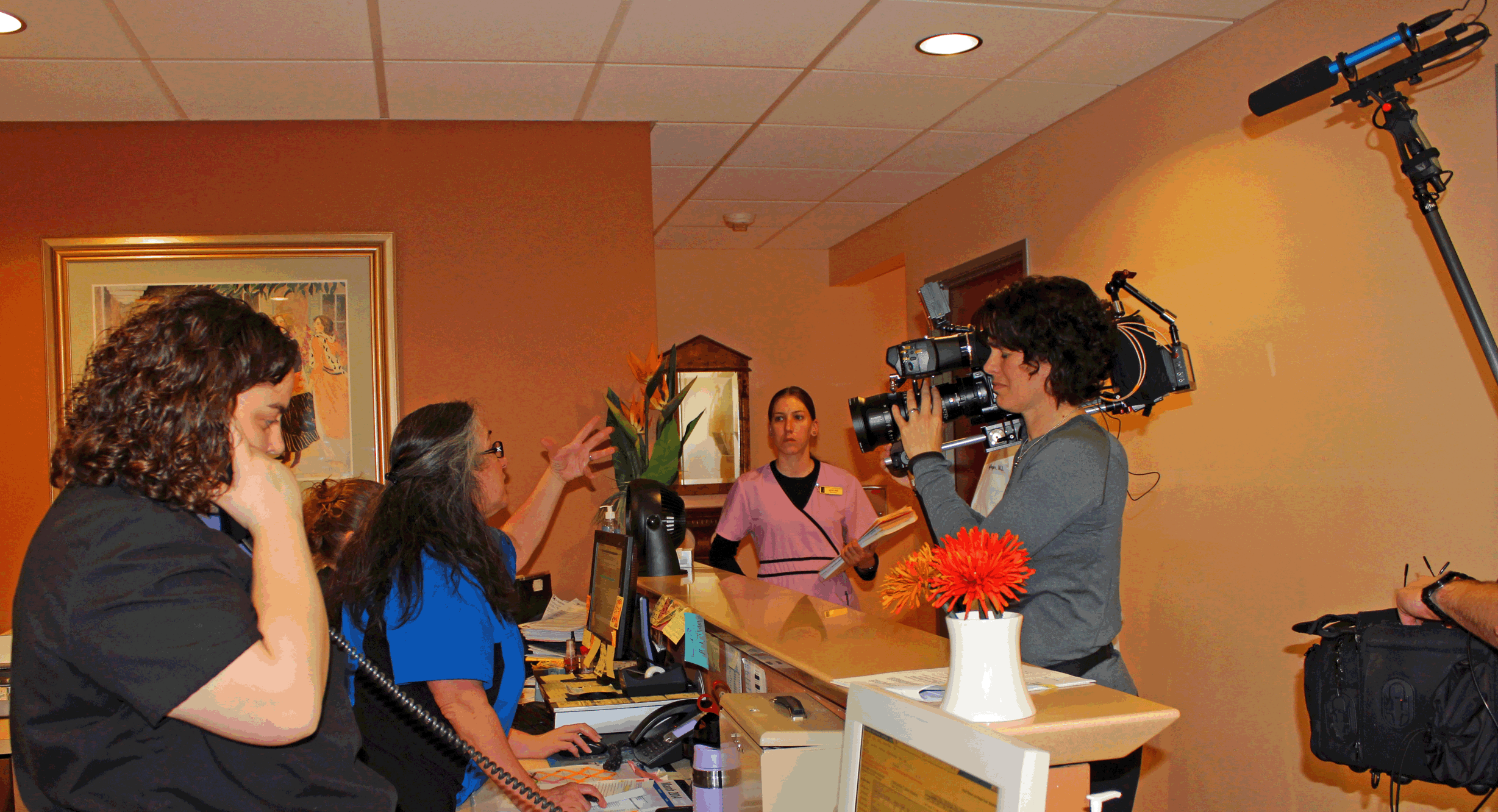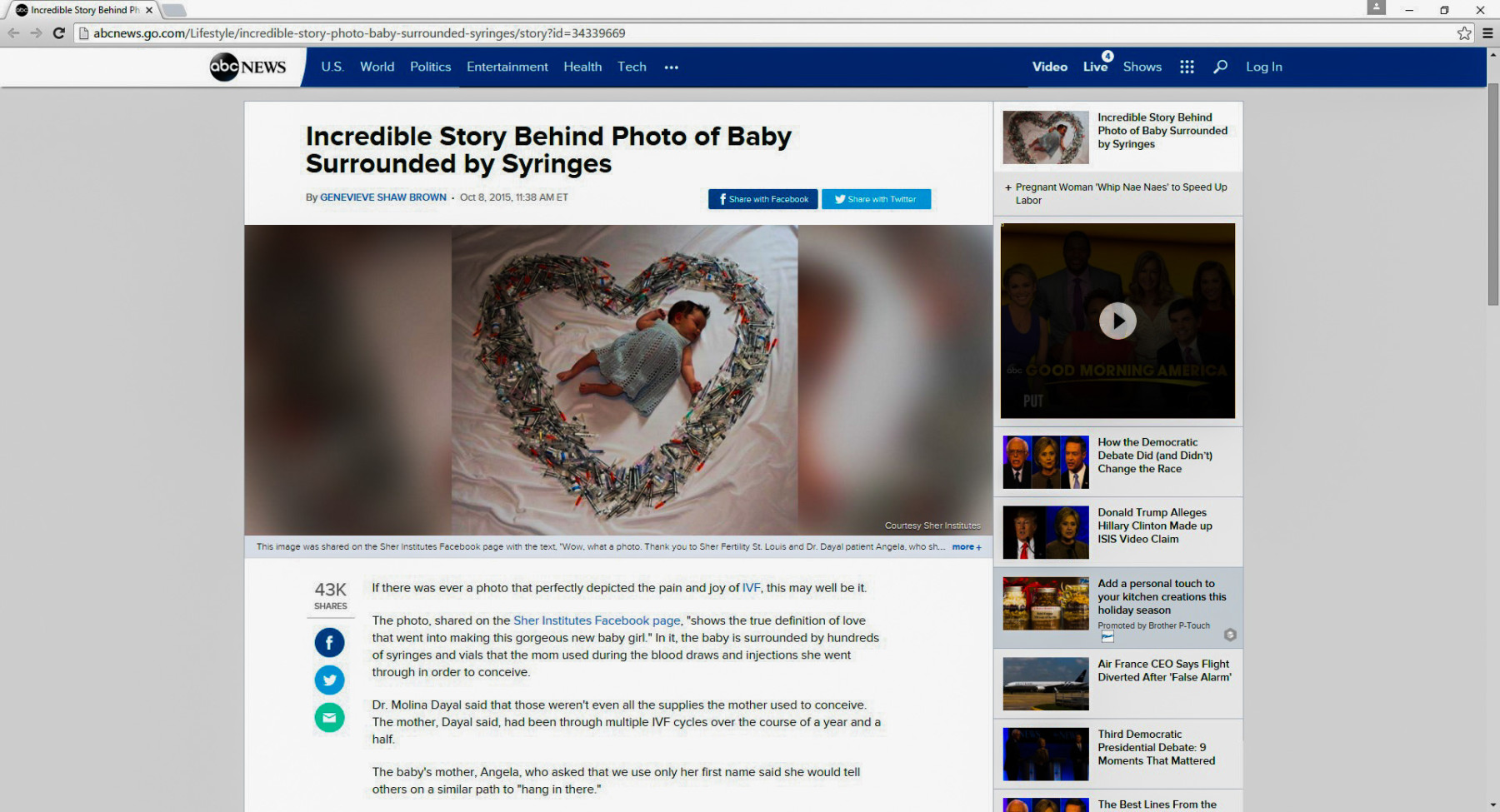
Stark Media Strategies
Stark Media Strategies
Why your Office Manager Should Not Handle Your Social Media.
She can but should she? If possible, no.
In this day and age of evolved healthcare marketing, most doctors understand the need to engage in social media. That is a great first step.
With the knowledge that they need to compete in the social media marketing sphere, they promptly turn over the strategy to their office manager. I mean, why not? He or she can post on Facebook right? That’s all there is to it.
Not exactly.
Handing over social media to your office manager is like giving your teenage son the keys to the car and telling him to drive across country solo. Can he do it – sure. Should he do it – probably not.
Understanding and implementing a successful Social Media program is a skill developed through a combination of storytelling talent, writing ability and knowledge of and with the various tools and tactics available. It is not on par with separating conjoined twins or a liver transplant.
However, to succeed requires knowledge and experience. To succeed is the key phrase. Anyone can do it. But in order for social media to be a fertile channel to grow your practice you need someone who knows what they are doing. Some healthcare practices understand this. Some do not. For those who fall into the latter category, I bring you four reasons why social media should not be handled by the office manager of a medical practice.
1. TIME. This is a big factor. The reality is that excelling at social media takes time – time to research which tools, tactics and channels work best for your audience; time to develop content that is compelling and resonates; time to craft and write the posts. I haven’t even touched on the advertising options on social media but I think you get the idea. Most office managers do not have the time to focus on social media since they are charged with many other responsibilities. Read More
Posted on February 29, 2016 by Lisa Stark
How to Get Your Healthcare Stories Media Coverage
When I tell people that one of the ways I help build brand awareness is by earning media coverage they immediately say something like, “You must know the reporters. You have connections, right?” Actually, no I do not. I left the television news business 10 years ago and I don’t know many reporters any more. Most of them were in college when I was in the business. I have developed relationships with reporters I have worked with but getting media coverage still comes down to having the right ingredients. Relationships help but other factors are far more important.
In my career, I have been able to consistently earn media coverage. This was in large part because I had great content at my fingertips, stories with a perfect blend of science and humanity. I just had to package the story correctly so the media could appreciate its inherent appeal. In my six years in the fertility industry, we had stories covered by New York Times, CNN, , The Doctors,USA TODAY Network, ABC News and hundreds of other local and national media outlets.. All told more than 500 media placements in six years.
The good news is that with the right approach, media coverage is an attainable goal for all. Here are seven steps to keep in mind when vying for media coverage.
- You have to have a good story. It has to be unique, interesting, relevant and compelling. Reporters get hundreds of pitches across many different mediums. How can yours stand out? By being a legitimately good story. There should be something new or something emotional. It is always best practice to have a real person tied to the story, not just the expert. Make the real person the central focus of the story.
- Equally important to sending them a good story is to make sure you do not send them a non-story or garbage. If you send them a weak pitch, you will kill your credibility. They will unsubscribe, unfollow, untether themselves from you in a big way. An example of garbage is when you want to have your doctor or client on TV as an expert in his chosen field. This is not a story. This is an infomercial. The reporter will not be happy. It is better to not send anything and wait until you have a truly good pitch.
- The pitch needs to be short and pithy. Think two or three sentences at most. It has to be well-written but also as short as possible. Some reporters like to be pitched on twitter. 140 characters and you are out. If you are pitching via email, write your pitch as tightly as you can. Then edit it in half. Again, reporters get hundreds of pitches. The shorter the email the more like they will read it.
- Have a perfect subject line. It should grab their interest, be unique and intelligent but also accurately reflect what the story is about. You can’t write some cheesy, gimmicky subject line and hope to fake the reporter into reading the pitch. Be honest and direct. And be brief. Have I mentioned the importance of brevity?
- Keep it simple. The reporter should not have to think too hard. No disrespect to the media. Most reporters are very quick. But they are also very busy and very stretched. They do not have the time to research or unlock a complicated, convoluted pitch. It should make sense right away. They should be able to sell it to their editor or news director in a single sentence. Think of a news tease. What would it be for your pitch?
- You can have supporting media – photos, videos and links – but make sure it is quality and make sure you only have one or two. Think one great photo or video that brings life to the story. One link that offers deeper explanation. Do not send more than that no matter how tempted you are.
- Do the work for them. Handle the logistics, Explain exactly how the story will work. Lay out all of the elements. If there is additional research to do, do it for them. Yes, I know they also have Google but as we have addressed previously, they are very busy. Hence, the more helpful you are the more likely they are to respond to your pitches in the future.
Good luck! Follow these simple steps and you will have earned media coverage that will make your doctor or client happy. If you want to, you can still tell them you know people.
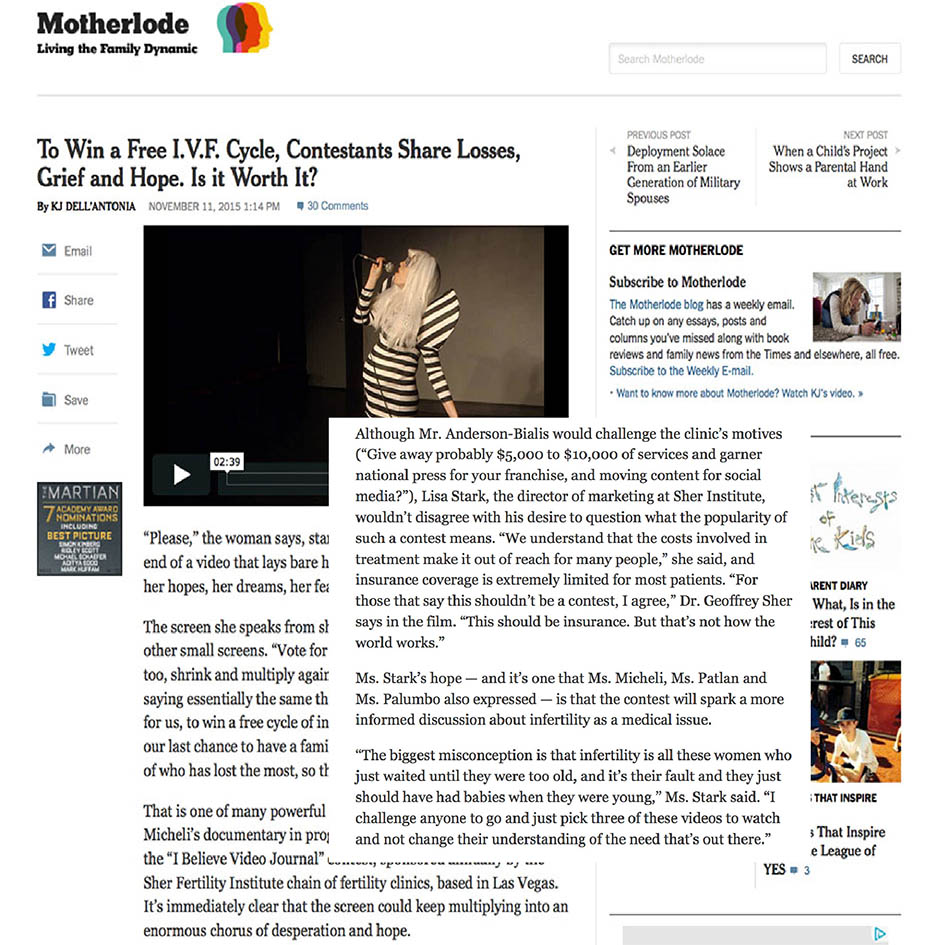
The I Believe Video Journal Project inspired a documentary film by an Academy-Award nominated filmmaker and was covered by the New York Times in November of 2015.
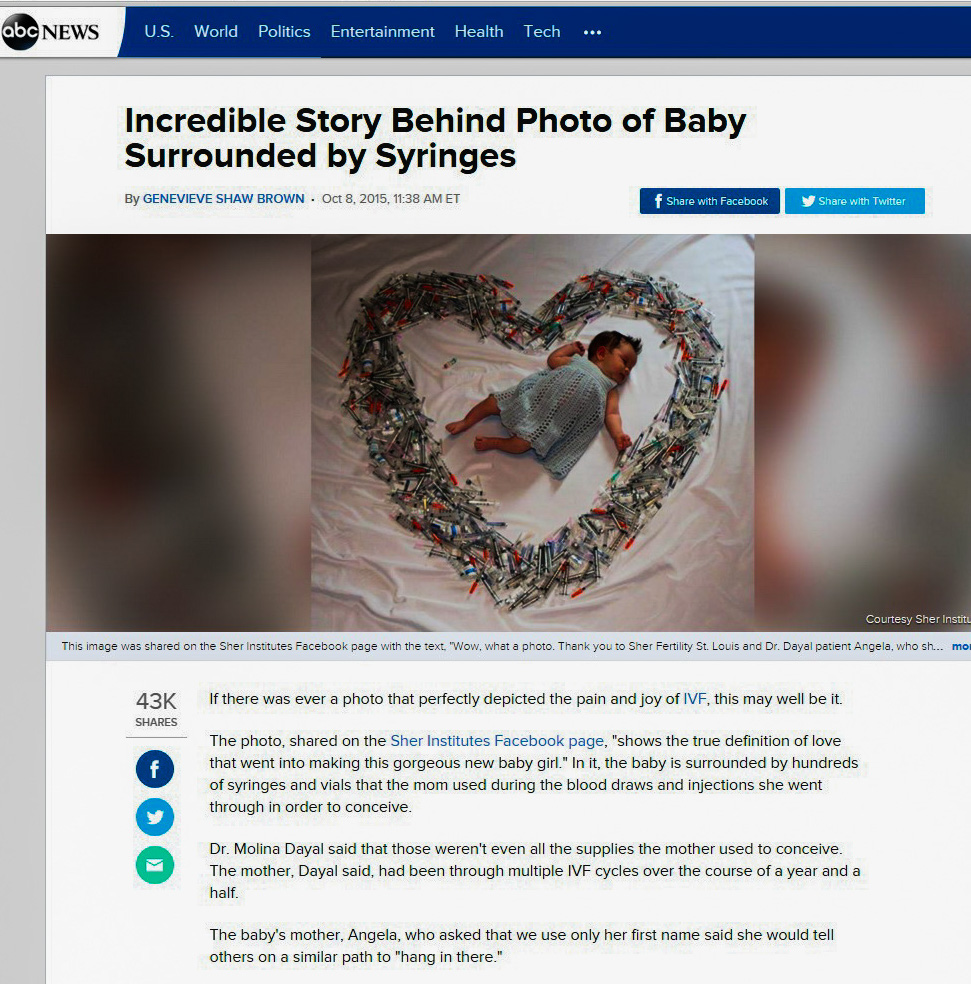
ABC News coverage
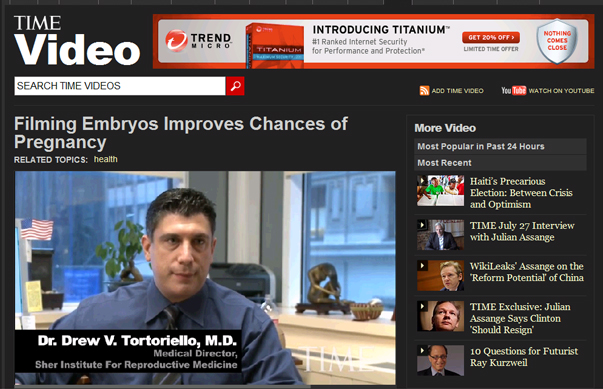
Sher doctor covered by TIME
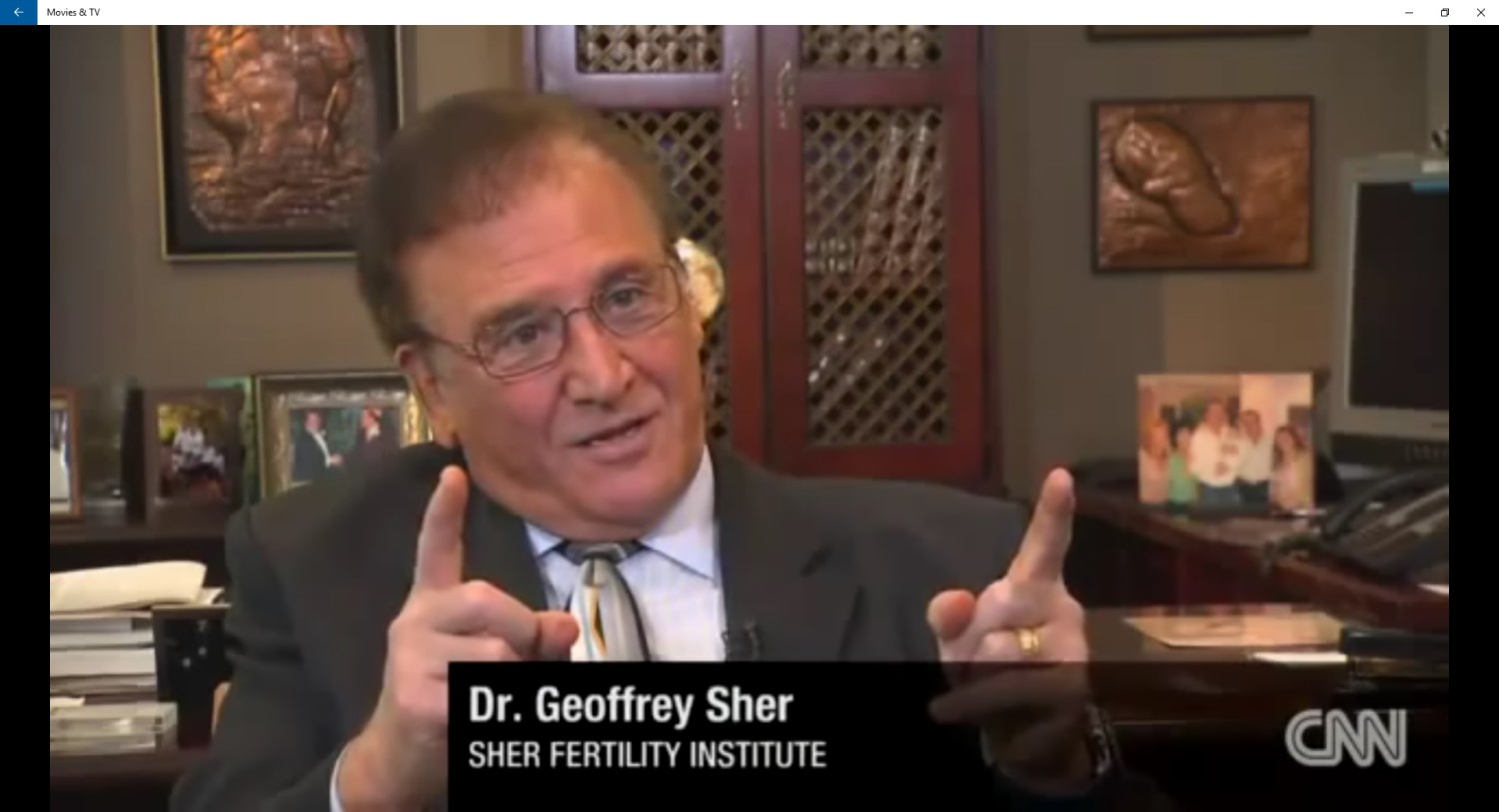
Dr. Sher on CNN
Posted on February 1, 2016 by Lisa Stark
Philanthropy Impacts Healthcare Public Relations
At the heart of a good public relations strategy is a core mission to serve your community while elevating the greater good of society. This is why philanthropy is an integral part of communicating your message and mission. And as a bonus, philanthropy makes you feel good, your staff feel good and everyone connected to you feel good. You feel good too.
This good feeling is contagious in the very best way. Media like to cover a feel good story where the focus is on the philanthropic angle. Your community will be inclined to share this content about your philanthropic activity. So again, win-win.
In order to have a successful philanthropic program, certain factors must be in place. You need to have leadership who truly cares and understands the intrinsic value of giving back. Ideally, the cause or charity you support should in some way connect back to your mission so it makes logical sense. You can choose to align yourself with a nonprofit organization or you can initiate your own philanthropic programs
I had great success with a handful of incredible philanthropic programs at Sher Fertility Institute. The initiatives would not have been possible without the generosity and heart of our leadership and amazing physicians who truly enjoyed giving back.
Every year Sher hosts the I Believe Video Journal Project. Prospective parents submit a video sharing why they should be given a free IVF cycle. Dozens of babies have been born through the project. How can you not get goose bumps when you see this face?

Meet Leo – born to parents Chris and Jennifer who won a free IVF cycle through the philanthropic I Believe Video Project
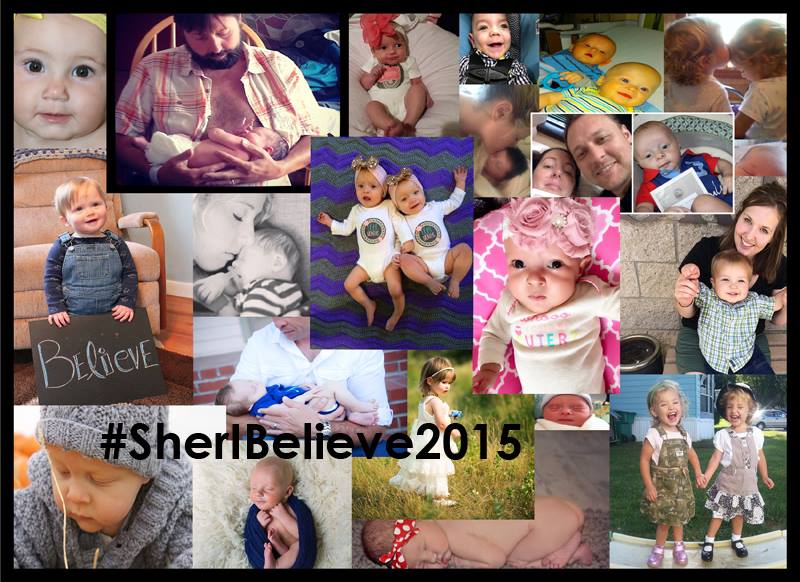
Oh by the way I Believe sparks huge engagement on social media, brings traffic to the site and leads to national media coverage on CNN. And as a crowning achievement, the project is the subject of a documentary film by an Academy-Award nominated filmmaker and covered in the New York Times.
At educational seminars around the country Sher donated a free IVF cycle (worth about $12,000) at every event. Many couples had babies as a result of these donations. Couples who never would have been parents without this gift.

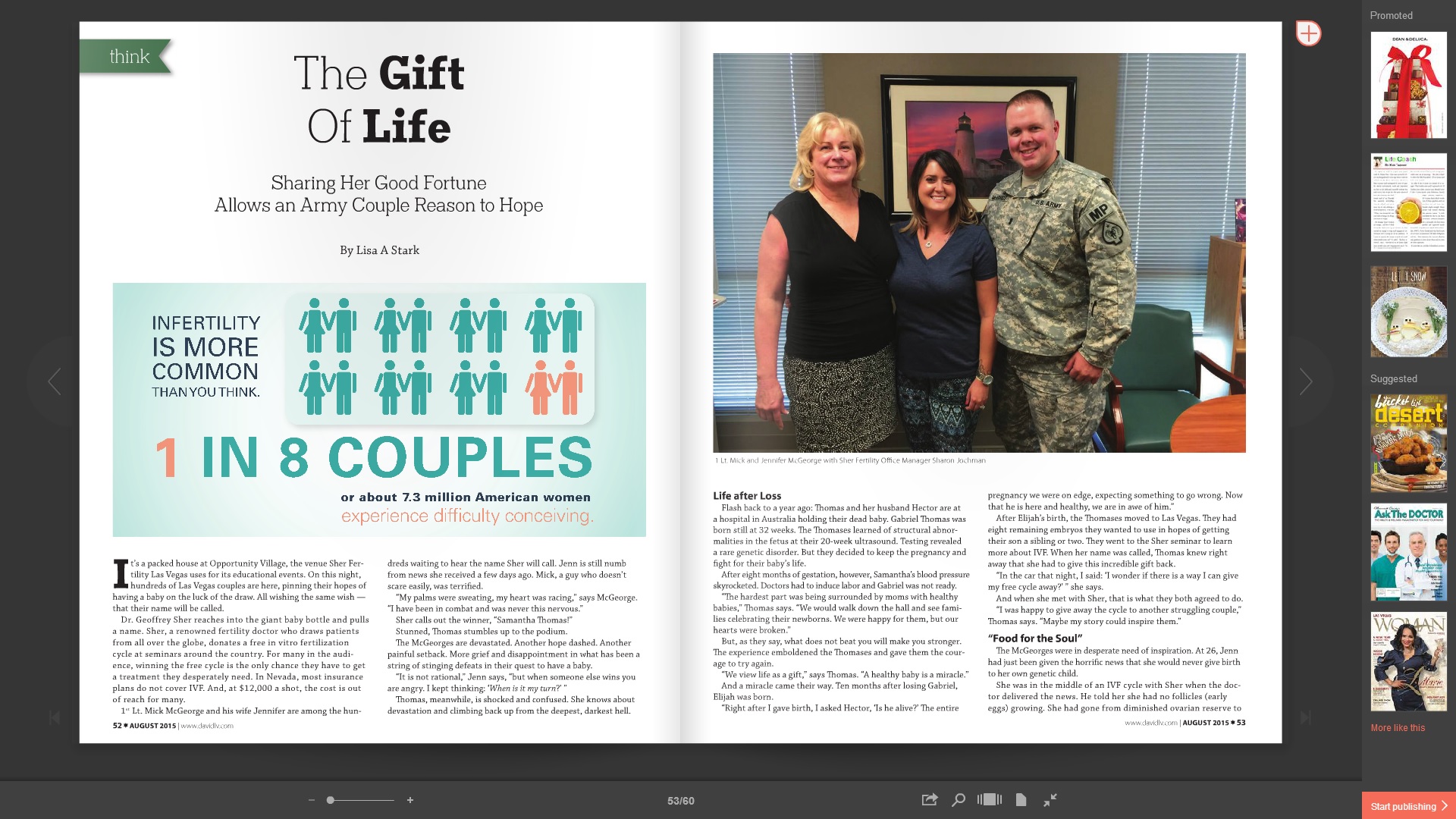
Again, thanks to the incredible generosity of Sher doctors and leadership, Sher also donated free egg freezing services for women undergoing chemo who wanted to preserve their fertility. Many women touched by the programs shared that freezing their eggs gave them hope for the future. And what could be better than that?
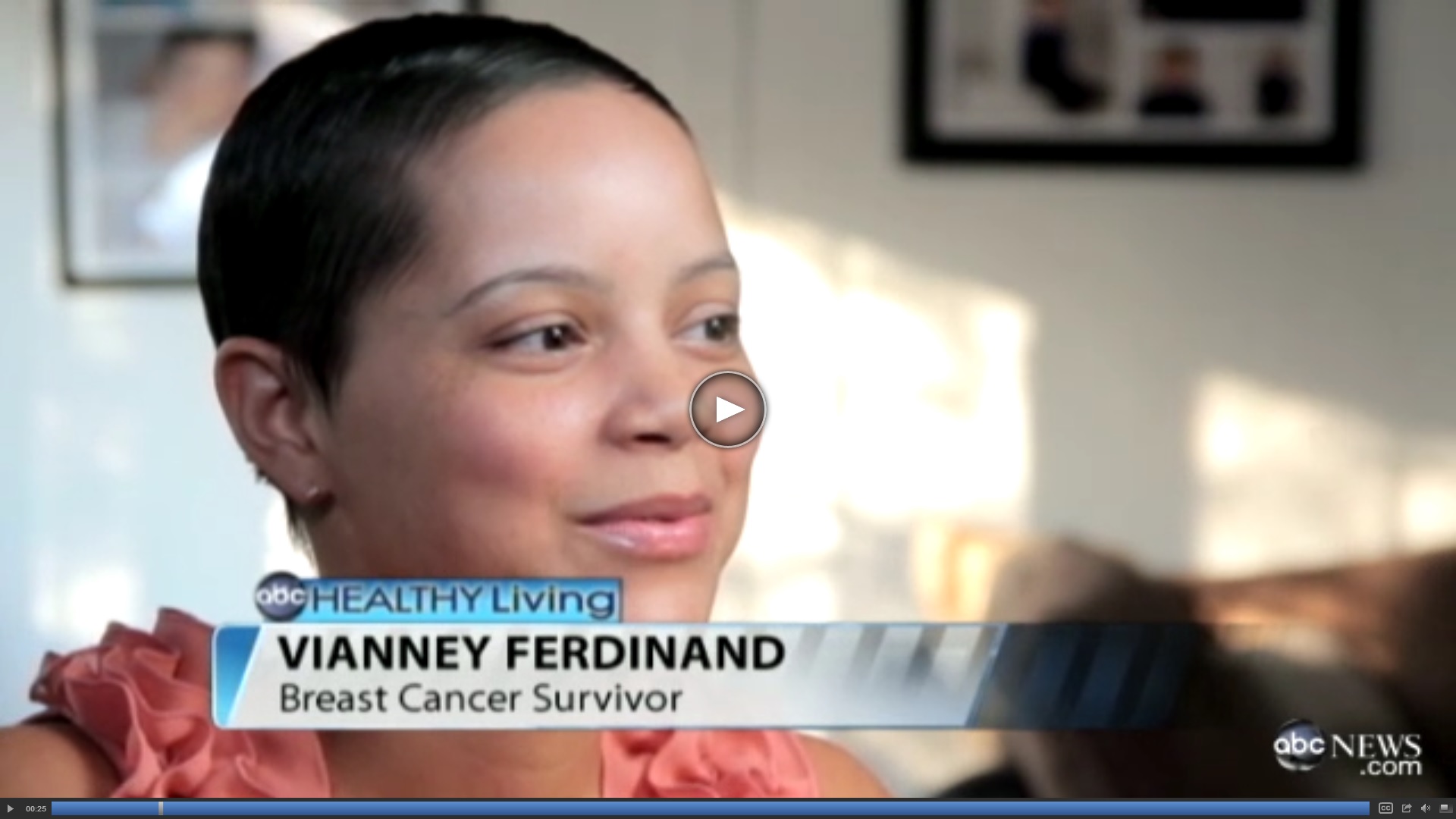


Posted on January 14, 2016 by Lisa Stark
Healthcare Social Media
Scroll along your news feeds and I am sure you are seeing the same thing I see. Companies posting generic, unappealing content. Look, here we are celebrating an employee birthday. Yawn. Look at this photo of happy patient A with Dr. B. Original not. Our doctor was featured in this magazine. Yeah for us. This is not really social media. This is an employee bulletin board that has become your Facebook Page.
Now I am not saying it isn’t ok to post photos of staff celebrating, patients smiling or sharing your media exposure. All of this kind of content is fine in moderation. But even then you should have a unique spin or a way to create a dialogue. And that is the key. Start a conversation. Don’t talk at your fans. Engage them. Connect with them. Share and swap ideas, thoughts and emotions. Be social.
Even better though is to develop content that is truly unique and compelling; content that will stand out in the crowded news feed. Think of your news feed. What would you click on? Likely something that shows emotion or humor. Read More
Posted on January 14, 2016 by Lisa Stark

